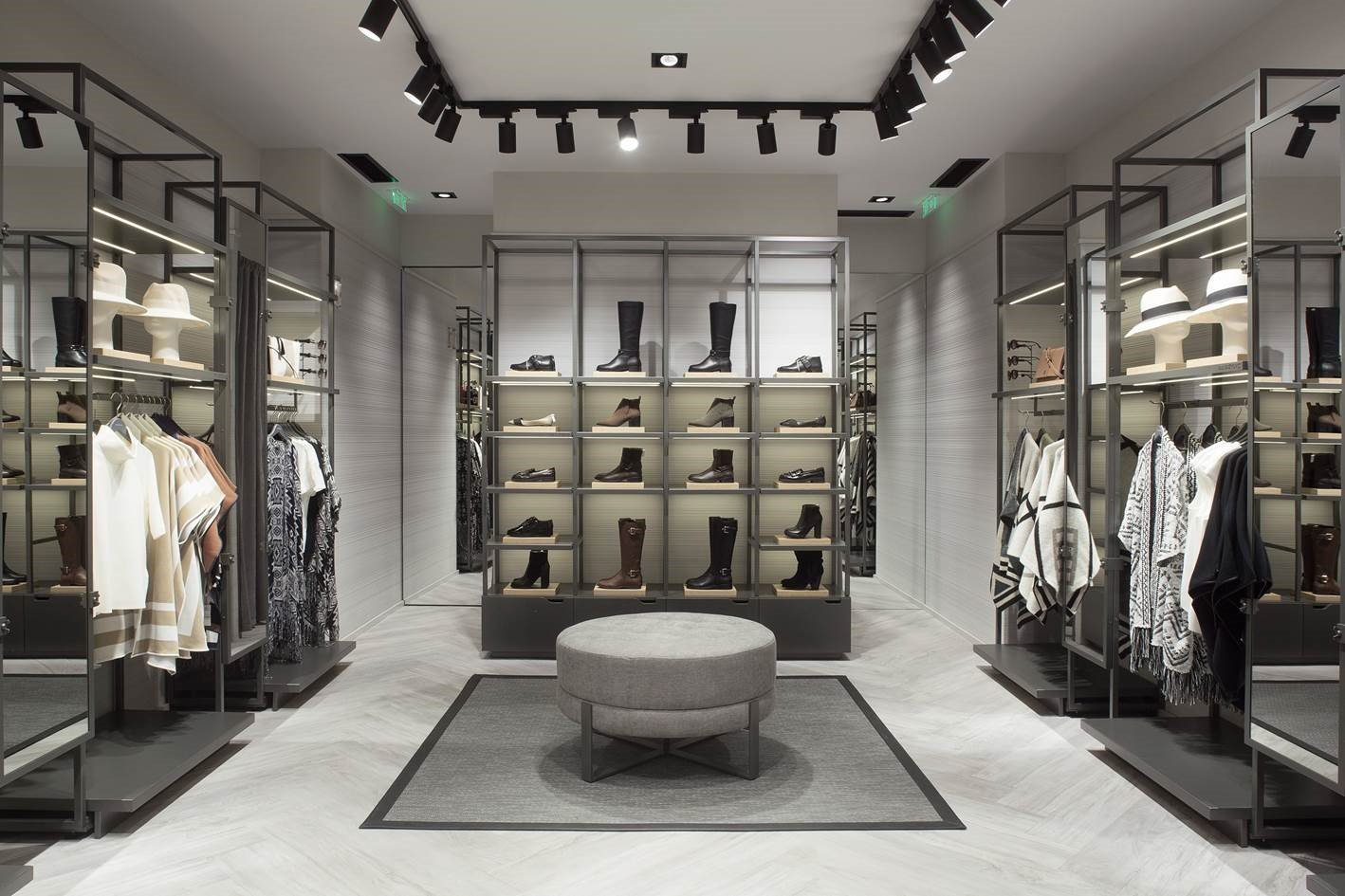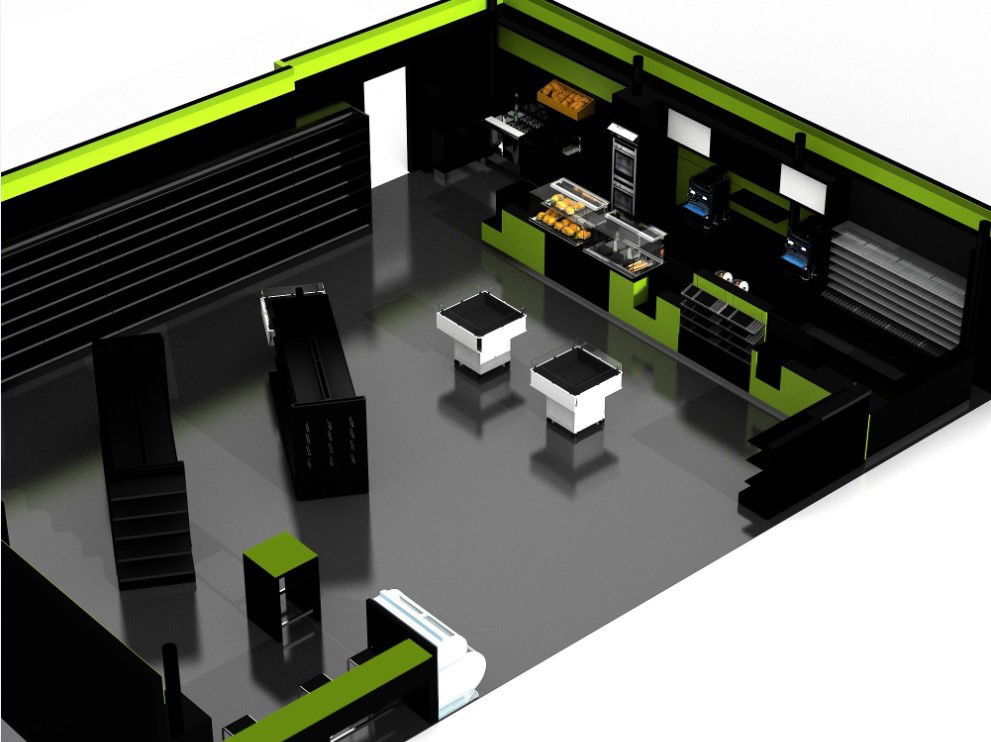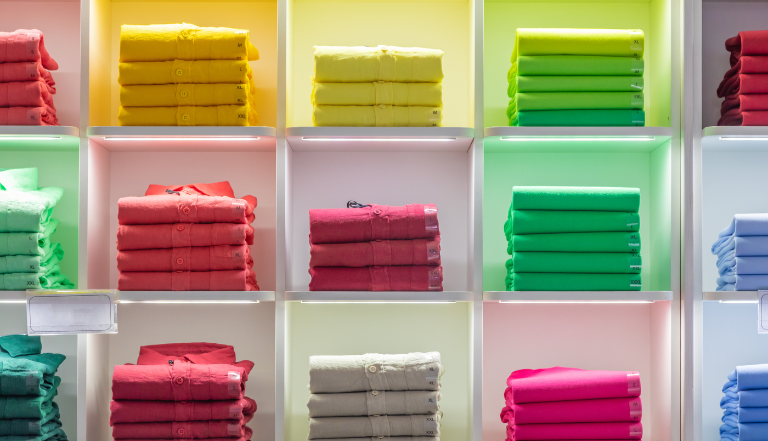When considering which forms of IP registration are relevant to your brand style, it’s important to shop around…
Trade mark registration is generally the first consideration for any business that is seeking to protect elements of its brand style. However, the role that design registration in the UK the EU can play in supplementing trade mark registration is invaluable.
Whilst the most common forms of brand style that businesses register as trade marks are words or logos, other elements of brand style such as the appearance of a store interior are also capable of registration. However, the hurdle that many businesses will struggle to overcome is the requirement for the appearance of a store interior to be sufficiently distinctive to render it capable of registration as a trade mark. A number of years ago, Apple succeeded in registering the appearance of its store interior as a trade mark in a number of jurisdictions but this included a lengthy battle up to the Court of Justice of the EU to prove that the layout in question departed significantly from the norms in the sector, which is the same test applied to the examination of shape marks in the EU and UK.
 RCD 3023381-0002 (accepted, although very limited in scope)
RCD 3023381-0002 (accepted, although very limited in scope)
 EUTM 14267652 (refused)
EUTM 14267652 (refused)
The requirement that a store interior departs significantly from the norms in the sector means that there is a high threshold for businesses to overcome should they wish to protect the appearance of their store interior via trade mark registration in the UK and EU. If they are not able to prove that the appearance departs significantly from the norms in the sector, then they would need detailed evidence of use in those territories in order to prove that consumers have learnt to identify said appearance with their businesses, and that this appearance is relied upon as an origin indicator.
This is why design registration for store interiors is such a powerful and valuable tool. In the UK and EU it is possible to protect the appearance of the whole or part of a product, in particular, lines, contours, colours, shape, texture and/or materials of the product itself and/or its ornamentation. A store interior is essentially ornamentation and decoration and can be registered accordingly. In order to be subject of a valid registration, the design in question must be novel and have individual character. Essentially this means that the design must not have been made public before an application is filed, must not be identical to existing third party store designs, and must not have the same overall impression as other store designs in the public domain before the filing date. There is a 12 month grace period in the UK and EU that can be relied upon to address the disclosure of a design by an Applicant prior to filing, and this can be a useful tool should a store design be launched in the 12 months before filing. However, generally, designs should not be disclosed prior to filing an application, as not all territories offer the same grace period option.
The novelty and individual character test that is used to assess whether a design registration is valid provides businesses with a lower threshold to overcome than the distinctiveness requirement for trade mark registration, should they wish to protect their store interiors using IP registration.
As a result, if businesses see value in the manner in which their stores are presented they should consider design protection in addition to trade mark protection. A design registration can protect the design in question for up to 25 years and could be used to secure protection for the store interior whilst use is built up for a subsequent trade mark application relying on acquired distinctiveness. Another benefit of design protection is that it is not tied to any particular goods and services in the same way as a trade mark registration. So for example, if a business owns a design registration for a store interior, use of that interior in a virtual environment by a third party may still infringe.
It is also possible to register multiple versions of the same design type via a multiple design application in the UK or EU. For instance, a business could protect the exact appearance of the interior using colour photographs, but could also carve out broader rights by filing line drawings for the same design, and could even exclude portions of an interior space in order to drill down to specific elements such as the placement and design of a novel storage section in a store interior. A strategic assessment of which designs to register in order to secure protection for a store interior should be undertaken in order to secure as broad protection as possible. By way of example, mere photographs of a store interior in colour showing items on shelves would not give as broad a scope of protection as line drawings with no colour and no items on shelves.
Having regard to the potential value and power of registered design protection for store layouts and designs (whether in the real world or virtual designs in the Metaverse), the benefits of using design registration to supplement trade mark registration should always be considered by businesses that place value in the appearance of their brand style and our design team is always keen to discuss these issues with clients and contacts.



